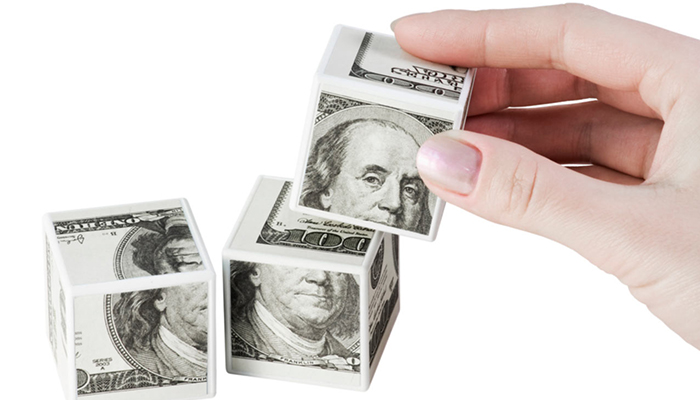You are now leaving the Strong Valley Wealth & Pension, LLC ("Strong Valley") website. By clicking on the "Schwab Alliance Access" link below you will be entering the Charles Schwab & Co., Inc. (“Schwab”) Website. Schwab is a registered broker-dealer, and is not affiliated with Strong Valley or any advisor(s) whose name(s) appears on this Website. Strong Valley is/are independently owned and operated. Schwab neither endorses nor recommends Strong Valley. Regardless of any referral or recommendation, Schwab does not endorse or recommend the investment strategy of any advisor. Schwab has agreements with Strong Valley under which Schwab provides Strong Valley with services related to your account. Schwab does not review the Strong Valley website(s), and makes no representation regarding the content of the Website(s). The information contained in the Strong Valley website should not be considered to be either a recommendation by Schwab or a solicitation of any offer to purchase or sell any securities.

Life can bring surprise storms when you least expect them. Is homeowner’s and auto insurance enough to weather a bad storm, or is there something more? This article covers the purpose of umbrella coverage and how it can protect a household in a financial downpour.

Life can present some serious storms, and when it comes to financial liability, standard homeowner's insurance might feel as inadequate as a raincoat during a hurricane. That’s where umbrella insurance policies offer an additional layer of protection, when life’s little showers turn into a financial downpour. Umbrella policies are designed to help safeguard a property owner’s income, assets, lifestyle, and legacy, if someone is injured on the property or by a member of the household.
Understanding this protection requires a closer examination of the potential storm clouds and the valuable assets that may be at risk.
Determine the Right Amount of Coverage
Take an inventory of potential risks around the property.
How much coverage is really needed?
A widely accepted guideline is to correlate potential umbrella insurance coverage to the obvious assets, including:
Coverage Guidelines Based on Financial Profile
Consider net worth and potential risks when determining coverage.
A Proactive Approach
Keep in mind that umbrella policies typically require certain minimum limits on underlying home and auto insurance. Be sure to review those policies, as they can provide a significant foundation for an umbrella policy.
Be proactive, don't wait for the storm clouds to gather. A well-chosen umbrella policy may help weather an unexpected financial downpour. Let’s discuss your circumstances and tailor a solution that provides the clarity you deserve.



